It’s All about the process
How does one go from a blank white canvas to a finished painting you ask? Well, every artist has their own unique process. Mine starts with a lot of photos, like in the hundreds, of landscapes, people, plants, really anything that looks interesting. I sort and organize them into different reference categories, test out the compositions with quick ink sketches, experiment color combinations typically by creating digital paintings on my phone and share early ideas to get a pulse on what’s working. Once I feel good about the general direction, the paint hits the canvas. The first layers of paint are usually very colorful and chaotic as I block in big areas of value. The rest is all about taking risks and making adjustments along the way. It’s part methodical, part intuition.
If I’m being completely honest, when I graduated from art school I thought “how in the world am I going to survive doing this?” Technology was taking off and I knew if I used my design talent in the digital space I could make a good living while still maintaining a creative career. It was true. I’ve been fortunate over the last decade to design websites, mobile apps, marketing campaigns, books, trade show booths, event spaces, company brand identities, complex administrative applications, the list goes on. I even spent a few years as a product manager with an expanded role in deciding what and how to build digital products that reached millions of users.
Every project and every challenge came with a valuable lesson. Our process for designing products isn’t unlike the process I use to make art.
Learn. Design. Experiment. Design. Validate. Design. Launch. Design. Track. Design. Repeat.
Before you can design a solution, you must intimately know your audience and what they need. In the case of art, the audience is actually me. I think it’s incredibly important for artists to create things THEY love.
Experimentation might be the most important tool in an artist’s arsenal. For every piece that is successful, there were many of “archived variations” that came before. In technology, we would design at least three solid versions and get them in front of real people to test whether one was more effective than the other at reaching our goals.
The final product was never meant to be perfect or meet every need. We had to focus on building the MVP, a minimum viable product. In other words, make the smallest investment to provide the intended value to our customers. From there, it’s a cycle of listening, designing and iterating to make it better over time. This is a really fun part of the process where you get to interact with people and watch them using your creation (or hanging it on their walls).
The parallels between designing digital products to creating fine art have defined my practice today and ignites my curiosity for learning and growing as an artist.
As Emily Jeffords would say, “progress is quiet and slow.” My collectors have asked what’s next. I guess we will have to see where the next experiment takes us. Come along for the journey!
